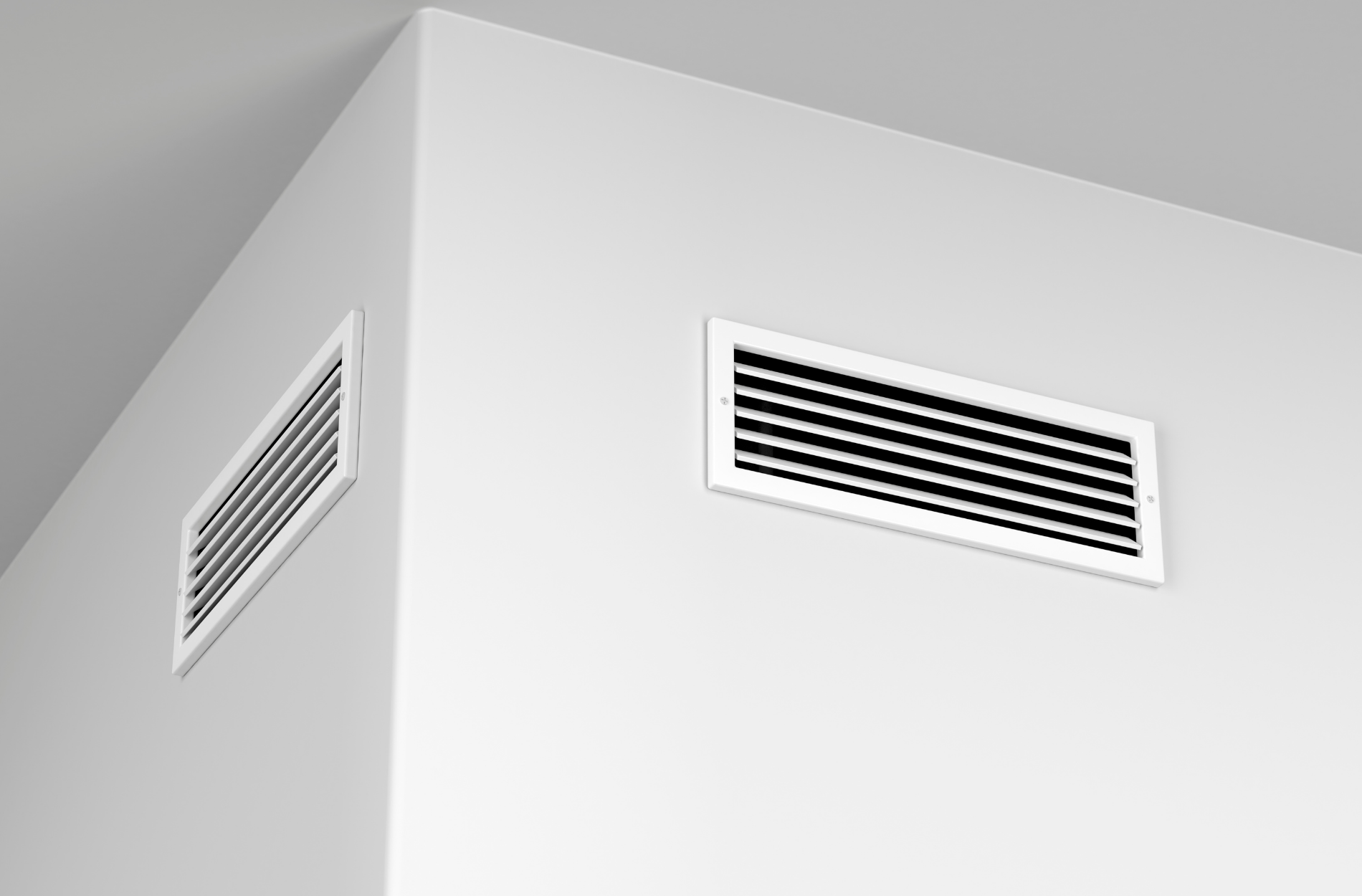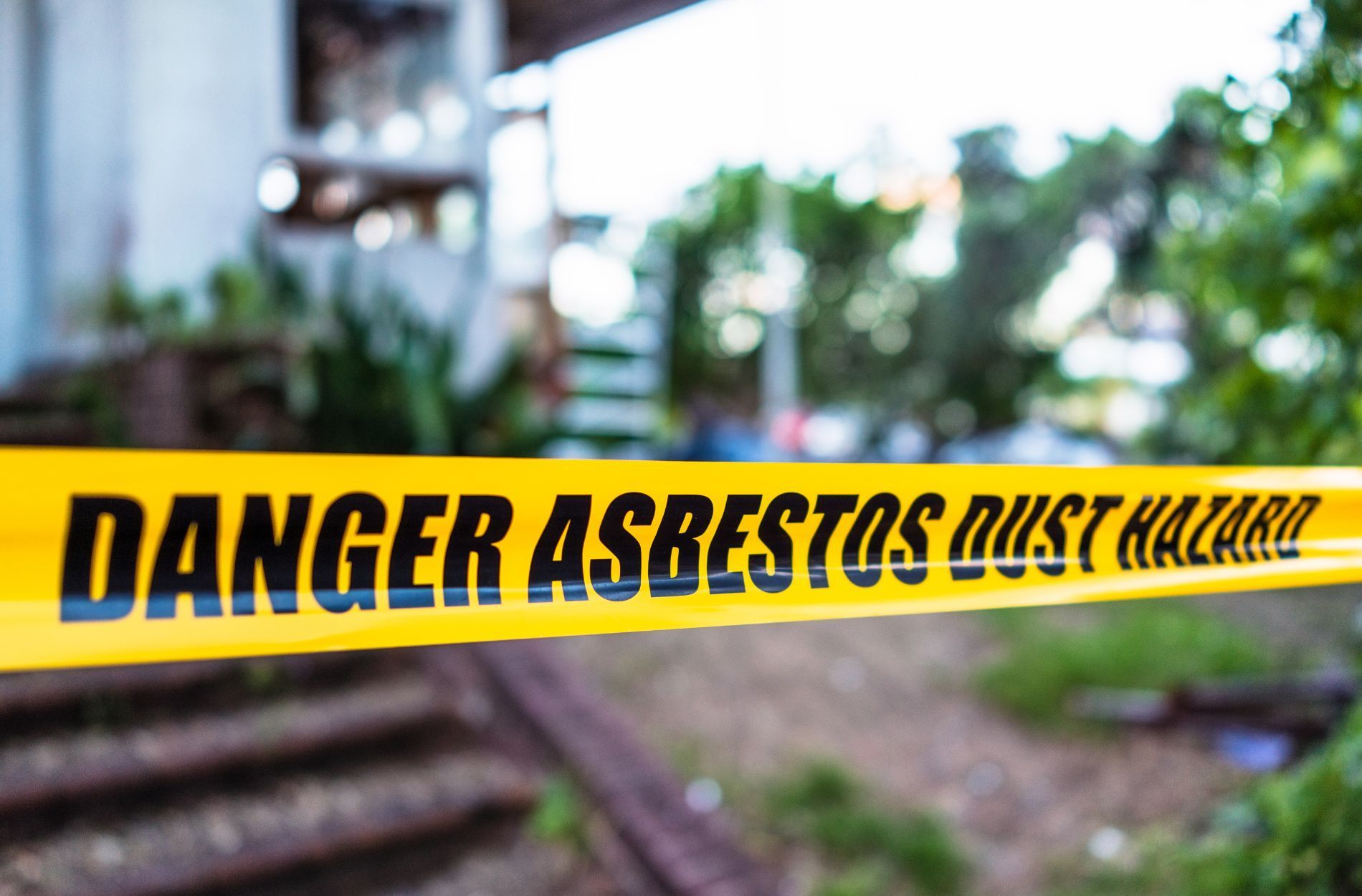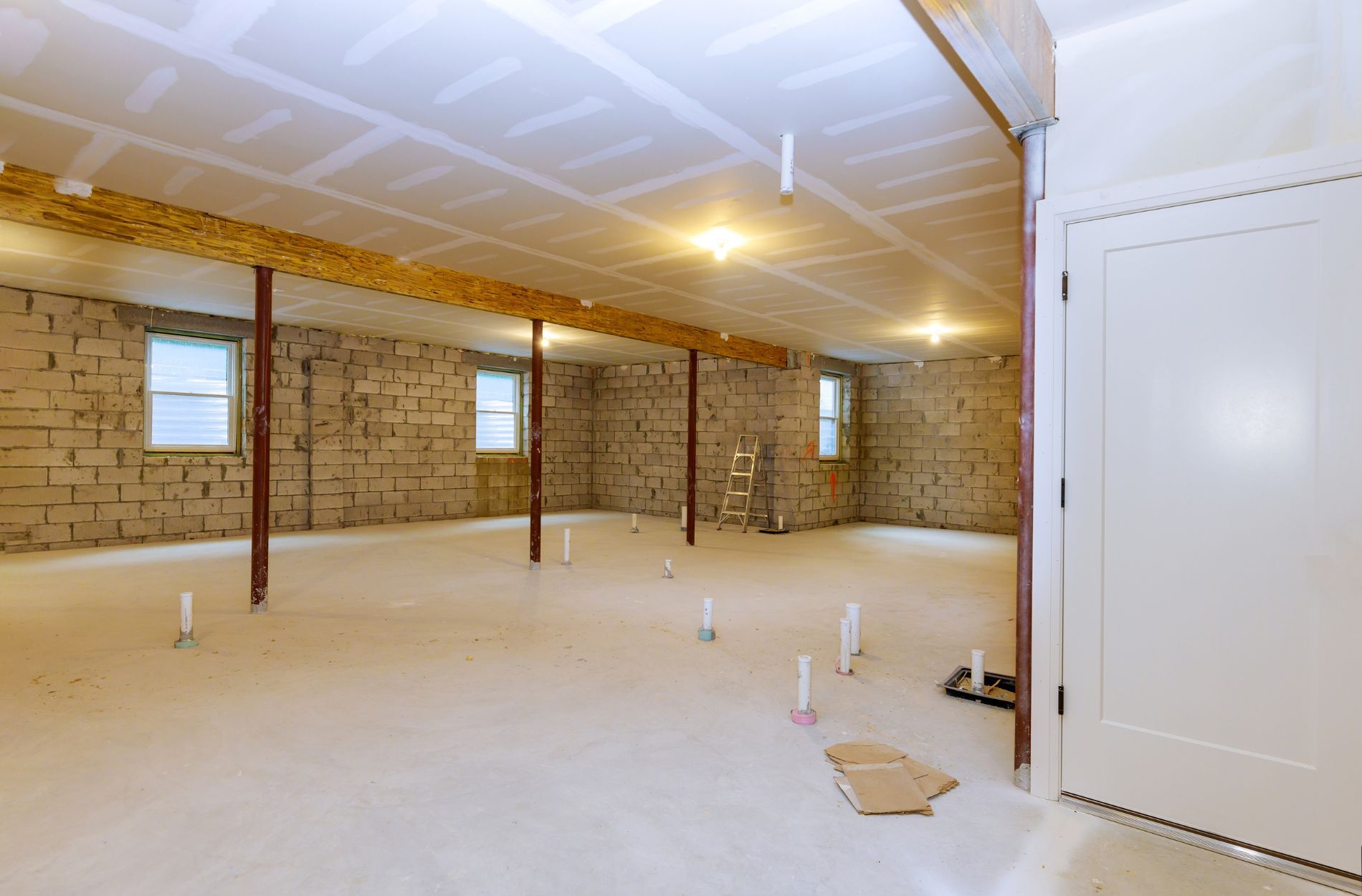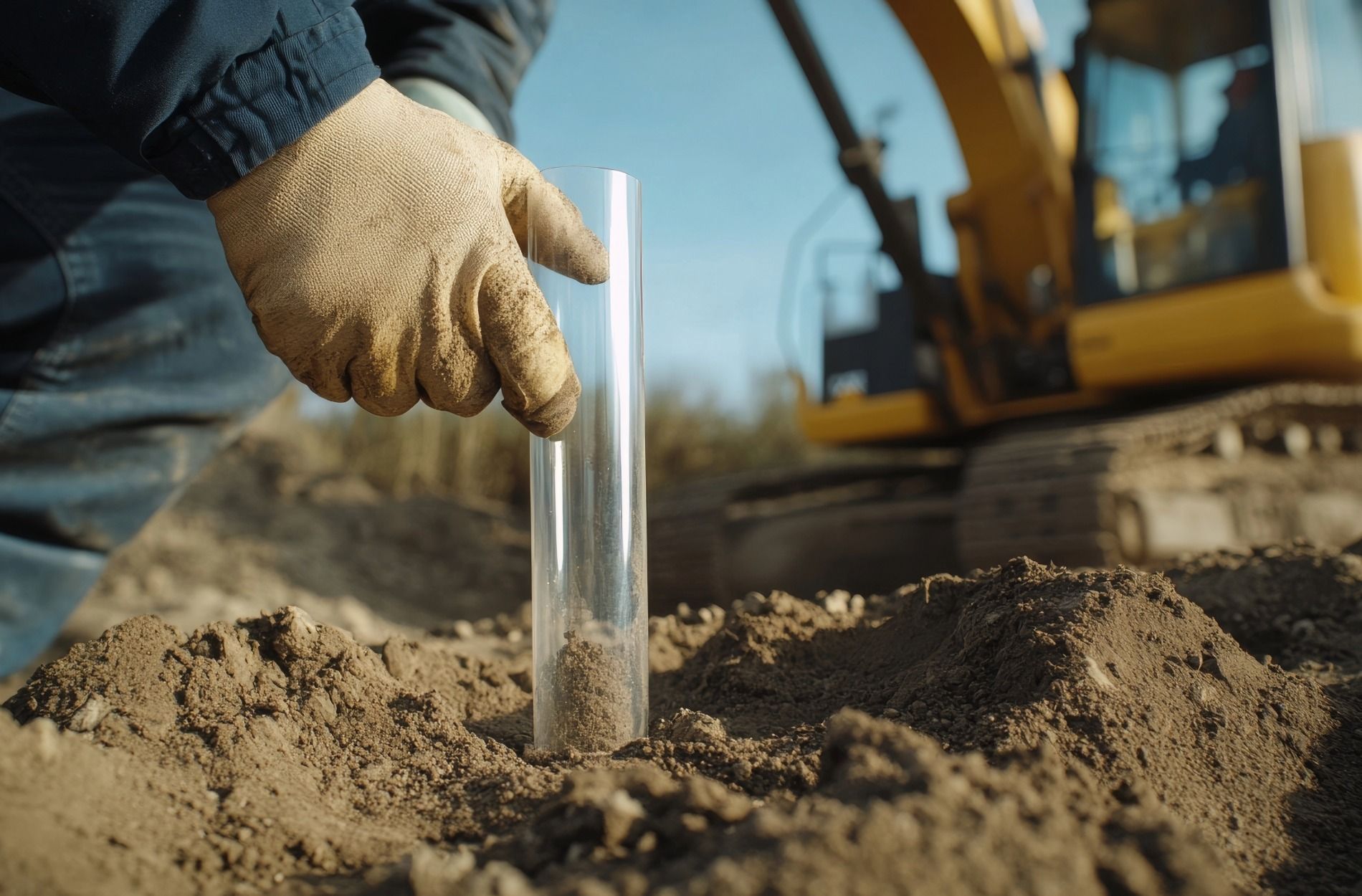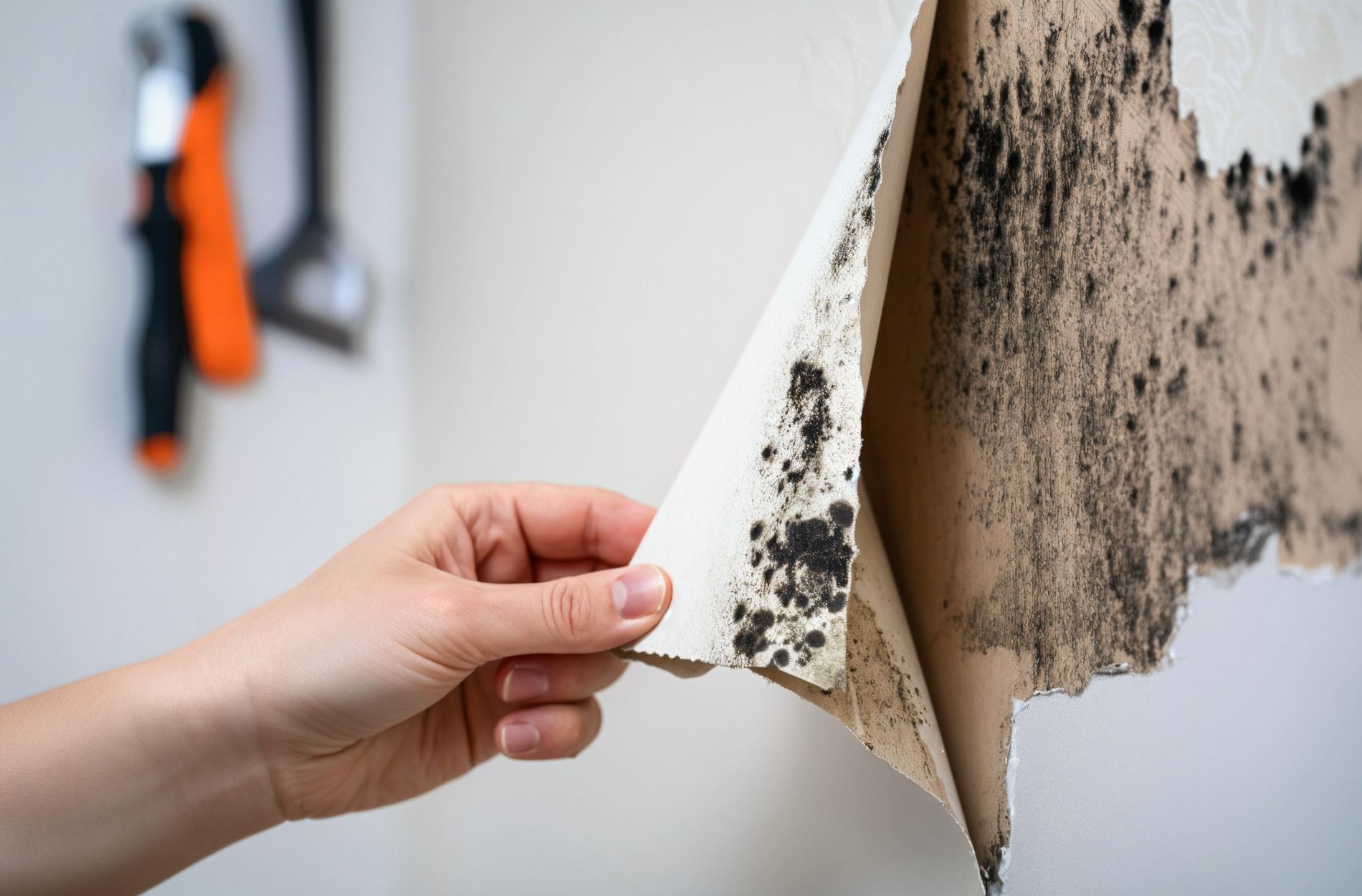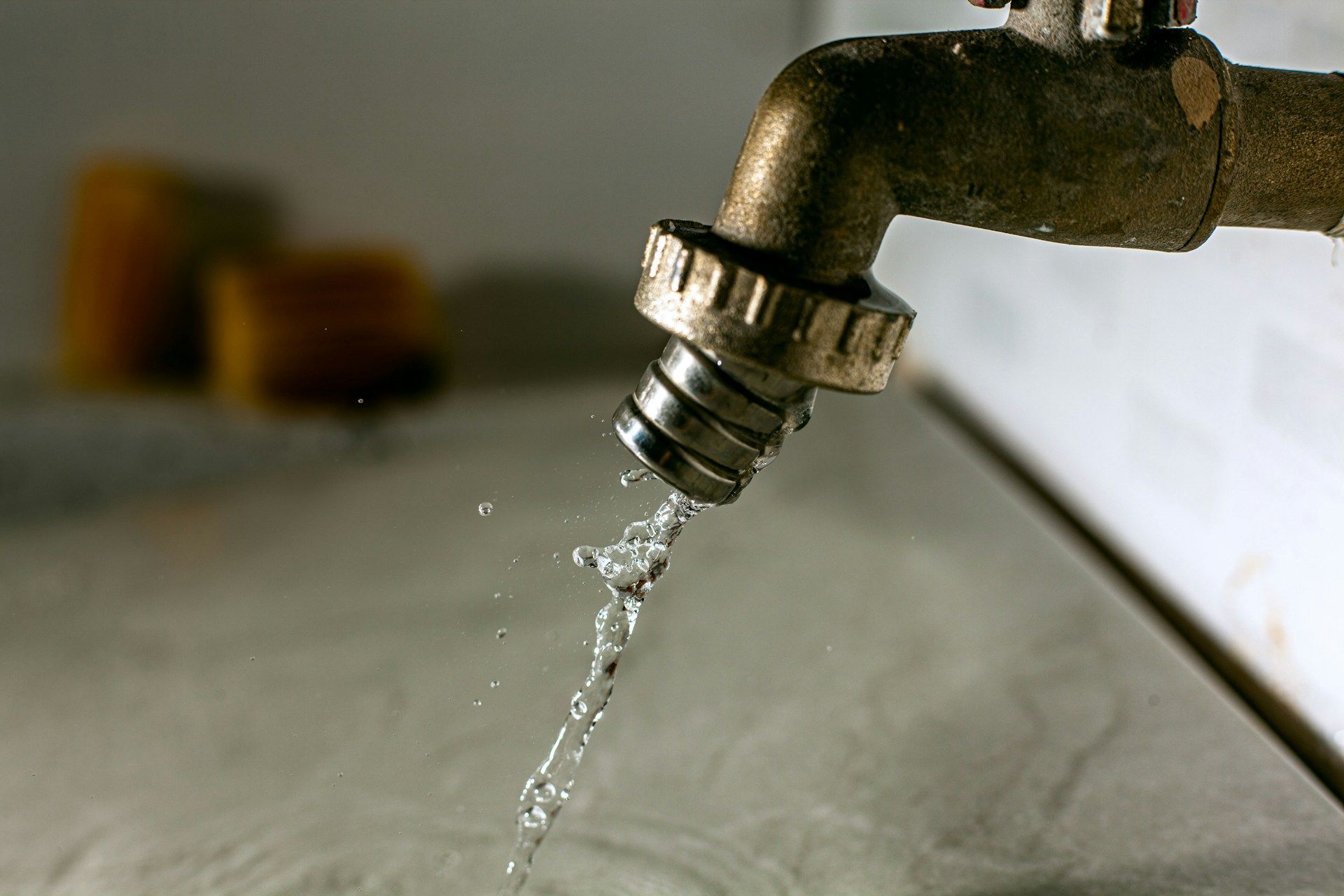Paint Chips In Old Homes: Time For Professional Testing
If you live in an older home, you might start noticing small paint chips near windowsills, baseboards, or doorframes. It’s easy to brush them off as a simple sign of wear and tear, especially if the home has seen its fair share of seasons. But sometimes, those peeling chips are more than just unattractive. They could contain lead.
Lead paint was once common in homes across the country, especially in houses that were built before the late 1970s. While it might seem like a thing of the past, its lingering presence in older properties is still a real problem. And when that paint starts chipping, it could put your health and your family’s at risk.
Understanding The Risk Of Lead In Paint Chips
Lead paint wasn’t used to cause harm. It was added to paint decades ago because it helped colors last longer and made surfaces more durable. It was often used on walls, doors, window frames, and trim. Unfortunately, by the time people realized how dangerous lead was for humans, especially kids and pregnant women, it had already been used in millions of homes.
When lead paint remains intact, it's generally not much of an issue. The risk increases when it begins to crack, flake, or turn to dust. These small fragments can end up on floors, furniture, or inside heating vents. Once that happens, it becomes hard to avoid the chance of exposure. Kids are especially at risk because they often put their hands and toys in their mouths. That’s how tiny chips or dust can enter their bodies.
Lead in the bloodstream isn’t something you can see, but it can cause serious health problems. In young children, it can lead to developmental delays and trouble focusing. For pregnant women, even low levels of exposure can affect the baby’s development. That’s why keeping your space safe means staying alert, even when it’s just a few flakes of paint cracking off the wall.
Some signs that your home may still have lead-based paint include:
- The house was built before 1978
- There is frequent peeling or chipping around baseboards, doors, or windows
- Home improvement projects trigger large amounts of dust or paint debris
- Chipped paint appears thick or comes off in large, brittle flakes
If any of these signs sound familiar, testing might be a smart next step. Addressing the issue early helps reduce the risk of long-term exposure and makes any follow-up work easier to plan.
Identifying Lead Paint Chips In Your Home
You don't have to be a contractor to spot troubling signs. New homeowners and long-time residents alike can usually tell when something isn't quite right, especially during cleanups or remodeling.
There are a few key areas where lead paint was more commonly used. These are spots that saw a lot of traffic or needed extra durability back in the day. Check areas like:
- Window frames and sashes
- Baseboards, crown molding, and trim
- Doorways and doors
- Staircase railings and banisters
- Outdoor porch surfaces
- Built-in cabinets and drawing boards in older kitchens
Lead paint chips often stand out compared to newer types of paint. They tend to flake off in large, brittle pieces and have a jagged texture. Some peel in patterns that look like dry, cracked mud or scales. The surface may be gritty, and you might notice that the chips come off too easily when you’re sanding or scraping.
Even though you may feel tempted to fix things yourself, there’s a serious risk with disturbing any painted surface suspected of containing lead. Whether it’s a sanding job or peeling paint you scrape away, what you’re actually doing is creating more dust. Those fine particles can spread through air vents, carpets, drapes, and floors—places you might not think to check.
If you start to wonder whether a paint chip could be dangerous, the best move is to stop and get it checked out before going any further.
Steps To Take If You Find Suspected Lead Paint Chips
If you spot suspicious paint in your home and think it might contain lead, the situation isn’t hopeless. But it does need attention.
The main priority is to limit exposure as quickly and safely as possible. If you have young kids or pets, keep them away from the area. Cover the chipped part with something temporary like duct tape or plastic sheeting.
Here are a few other quick actions that help reduce risk:
- Don’t try sweeping or vacuuming the area. This spreads particles into the air.
- Don’t dry-wipe or dust with a cloth.
- Gather any flakes in a sealable plastic bag and toss it safely.
- Make sure everyone washes their hands often, especially after touching surfaces nearby.
Trying to tackle the problem with regular household tools can make it worse. Many vacuums and mops don’t trap fine lead dust. Instead of helping, these tools can stir up micro-particles that float through the air and settle elsewhere in the house.
This is where trained professionals come in. Getting confirmation about whether the paint is lead-based is the safest and most informative step you can take. Experts use tools to find out exactly where lead is, how much is present, and what surfaces are affected. This helps in making decisions about containment, repair, or full removal, if needed.
The Benefits Of Professional Lead Testing Services
Getting a professional lead test adds clarity to a situation that can otherwise feel uncertain. The earlier the testing happens, the better you can understand your home and decide what to do next.
Lead testing doesn’t just check the visible flakes or chips. It also detects invisible risks. Dust on surfaces, bits in floor cracks, and even possible soil or water exposure can all be evaluated. Professionals use a few different tools depending on the location and material:
- X-ray fluorescence (XRF) analyzers for surface readings
- Swap tests for fast results
- Laboratory tests for deeper analysis
- Water and soil tests for full environmental review
Each test adds more information to the overall picture. Maybe you thought paint was rubbing off from just one windowsill, but testing might show lead exposure around vent registers or floorboards, too. This level of precision makes cleanup more focused and helps avoid spending on areas that aren’t actually impacted.
Once you have confirmed results, you can make decisions with peace of mind. Whether you’re renovating or just responding to a few scraped spots, testing shows exactly what you’re dealing with.
Ensuring a Lead-Free Home for Your Family
The situation may seem overwhelming at first, but lead hazards are something that can absolutely be handled. Lead doesn’t disappear on its own over time. But once identified and removed correctly, it stops being a threat.
After testing is complete, the next step involves creating a plan to correct the problem. In some cases, that means sealing up old paint safely. In others, it may call for full removal with trained professionals replacing trim or built-in cabinets. Windows, in particular, tend to be frequent problem spots because of how often they open and close, wearing paint away over the years.
Planning ahead can also stop new problems from popping up. If you’re remodeling and the home was built before 1978, lead testing should happen before sanding or stripping any surface. Even a small repainting job or closet renovation can release lead paint layers if you’re not careful.
After everything is cleaned up or replaced, it’s not a one-time fix forever. We recommend keeping an eye on high-risk areas, especially corners, window tracks, or stairways. Check for new paint damage once or twice a year. That way, if there’s a new chip or flake, you can catch it early and act fast.
Lead paint isn’t something you want to ignore or fix without help. But with the right testing and a smart removal plan, it’s something that can be solved. A safe home is a place where you don’t have to keep second guessing your surroundings. And that kind of peace—as many families know—is worth taking action to achieve.
To keep your family safe in an older home, make sure you're aware of any potential risks in your environment. Oak Leaf Environmental’s lead testing services provide the clarity you need to take the right next steps with confidence.
